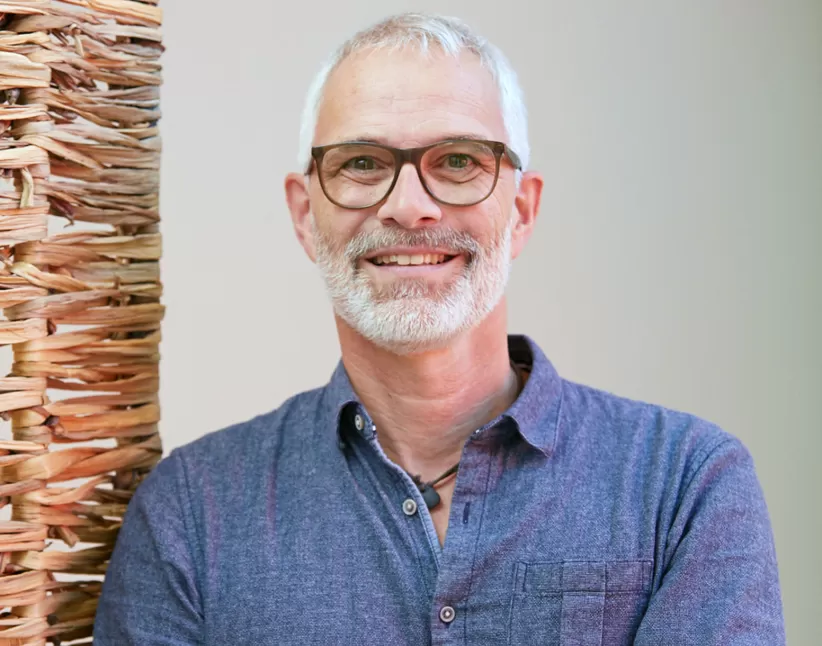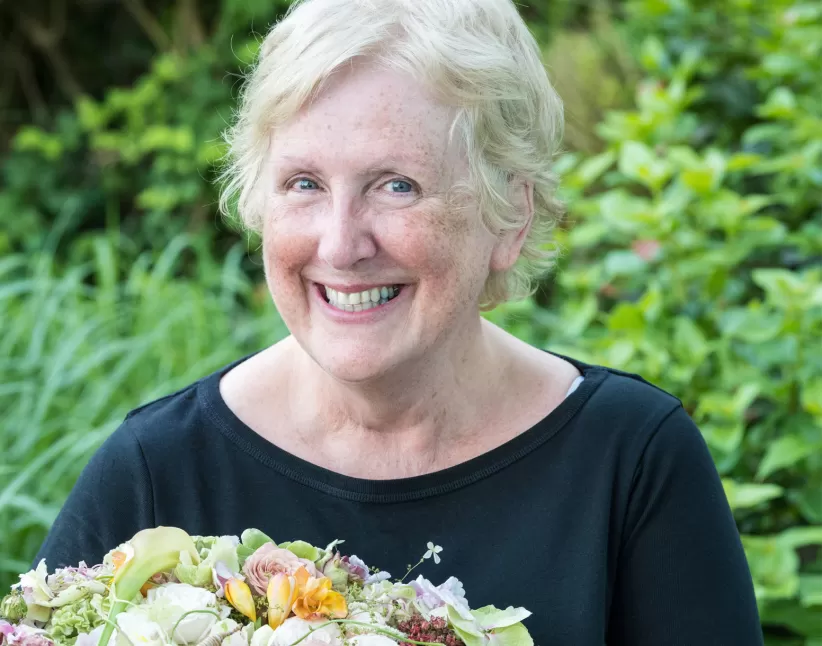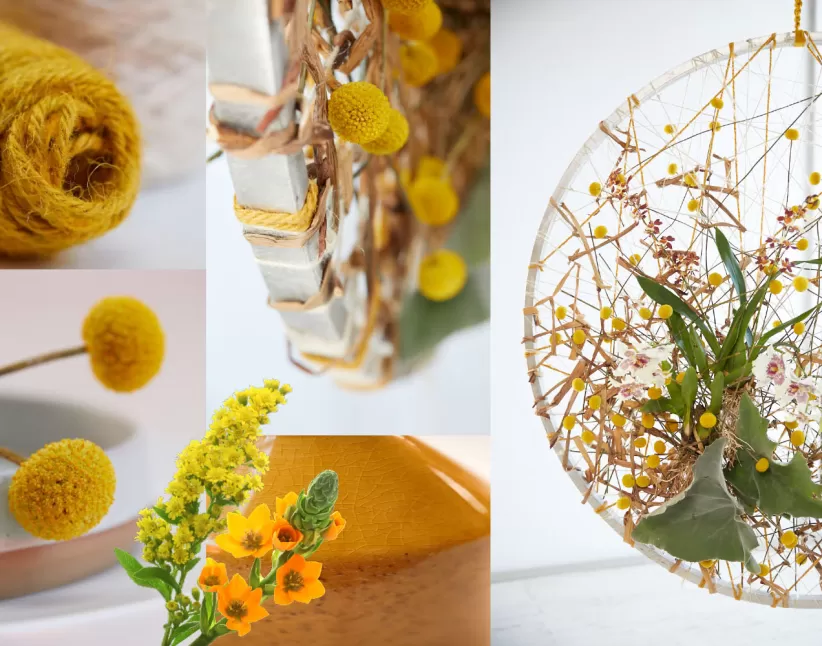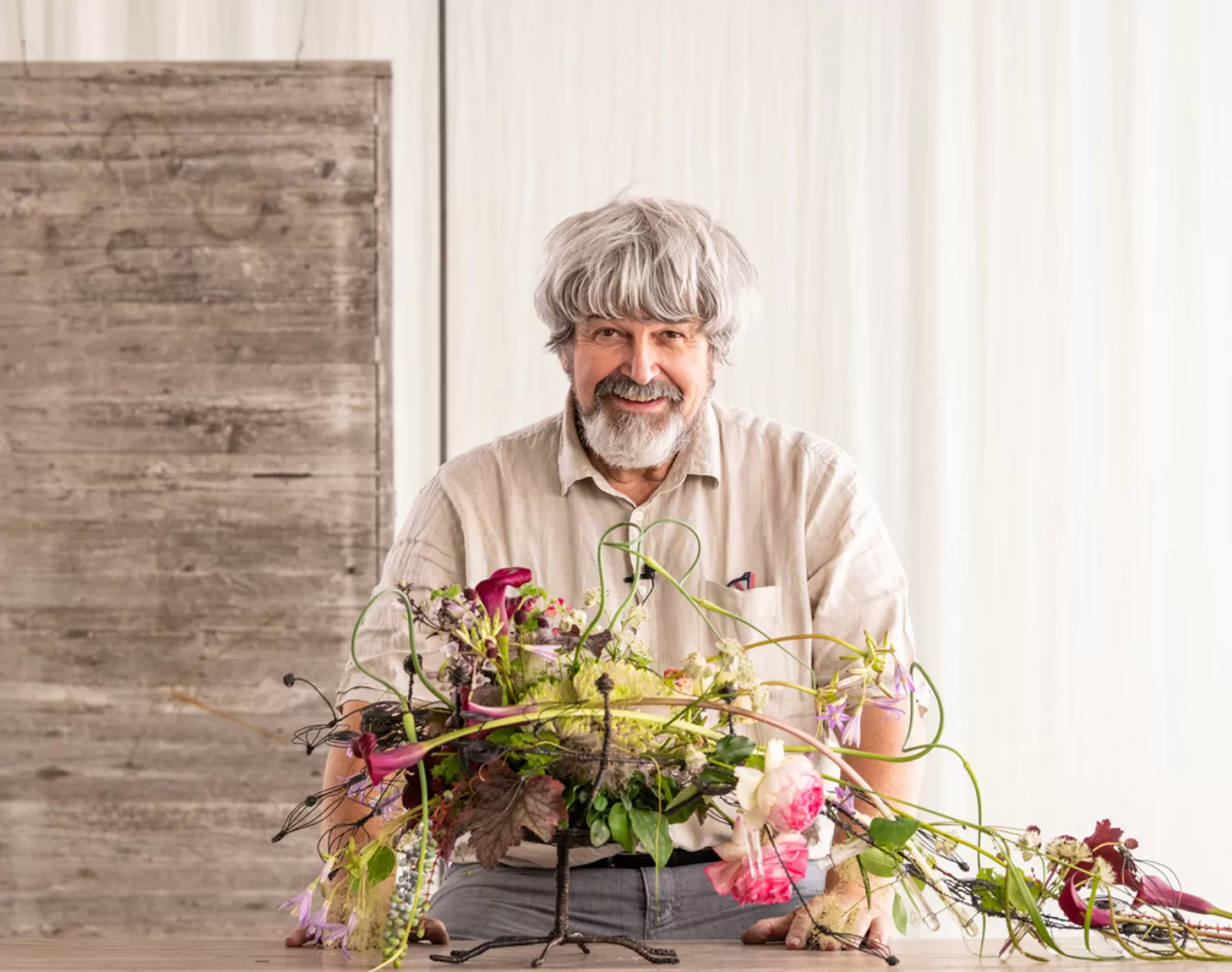
s a florist or flower buyer, there are certain names that you have probably heard before. One of them is Gregor Lersch. This native German designer has an international reputation among many flower lovers. In several of his works over the years, we discovered Marginpar flowers. Time for an interview. When we ask Gregor Lersch himself what it is about this world fame, modesty predominates. It is not about the name; it is about the goal. Gregor Lersch has a clear plan to share floral knowledge with designers all over the world. And as Marginpar, we can only endorse that.
About Gregor Lersch - the basis
Lersch (1949) comes from a nursery family and grew up among flowers. He studied at the Bonn Master's School, became a florist and participated in various competitions. After winning the European Cup in 1978 in Rome, Italy, he soon came to the conclusion that sharing knowledge is the only way for him to continue. He starts teaching floral design. First nationally, but soon interest from abroad follows. Good communication is extremely important here; it is the key to his profession. Lersch: "It is very motivating for me to connect the difference between cultures through pure design. It is my greatest motivation to make people feel that designing with flowers is the most normal thing in the world; to bring in the enthusiasm. For example, that feeling when you sit in a classroom in Singapore at midnight, surrounded by 25 people, working on things most of them have never done before. And a week later in Bogota, where the biggest change is the language you hear and the flowers you work with. The rest is so similar: the passion for the work, for the learning, without feeling the cultural differences."
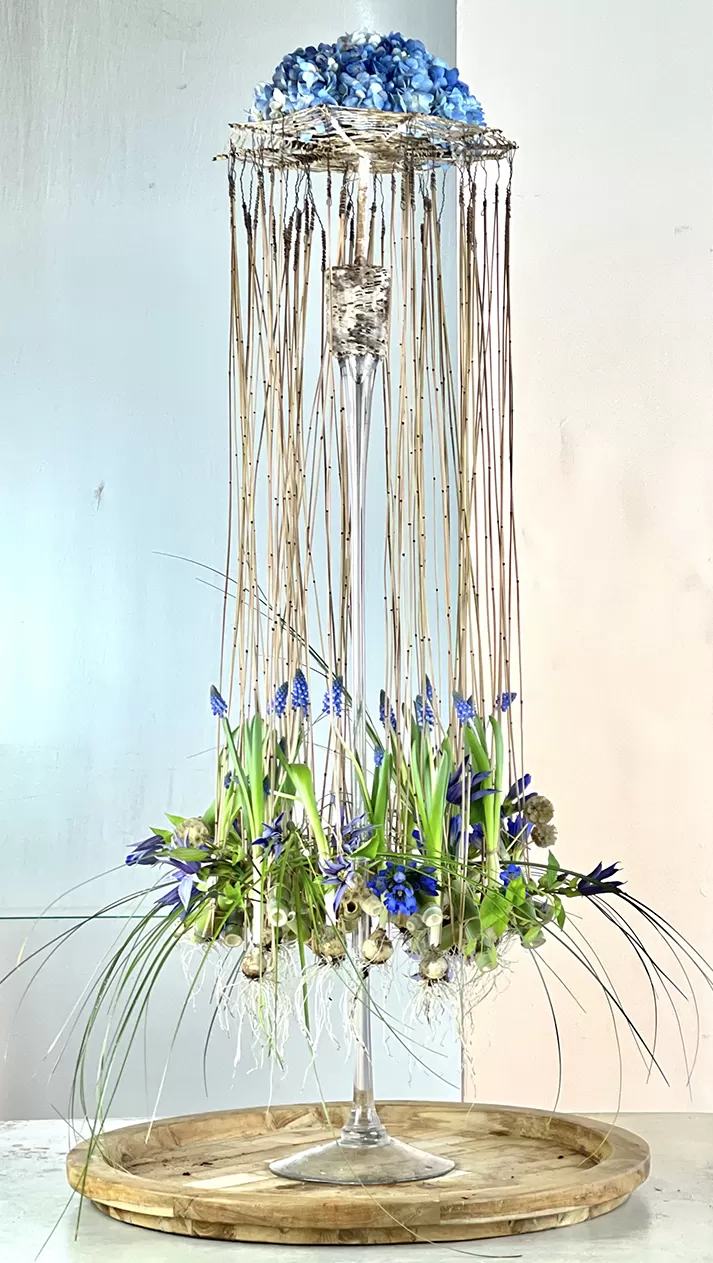
”There is nothing better than coming into a room full of many young florists and designers, with red ears and shining eyes with the pronounced and also unspoken desire on their lips: 'Please teacher, show me, what else I can do with flowers'.
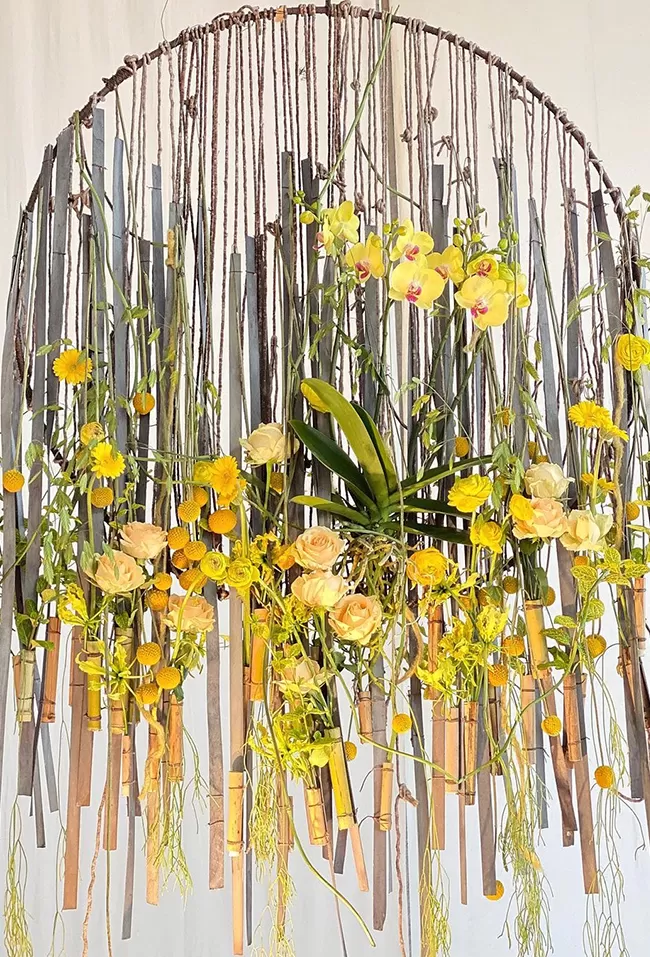
International Floristry
Travelling a lot has its advantages. Lersch speaks several languages; at least six he speaks reasonably well. Without taking a lesson, but through audio books and especially communicating in the countries themselves. In addition, he says he has gained a greater appreciation for design aesthetics.
"The first rule is actually that you learn from watching and listening to others. My most unique experience is the time in Guadeloupe, the Caribbean, where we had lessons in 'The Rainforest': in a garden, working only with what grows there and with the craftsmanship that is known there. Not based on media and tools that I recognise from where I come from."
Favourite style
Lersch has no specific style he likes to work with, as in many years many styles have come along. But, Lersch has always been interested in classical schools around the world. Lersch: "My interest has always been floral. Not in decorative items or, even worse, artificial flowers. A figuration I like is 'lightness' and 'floating'."
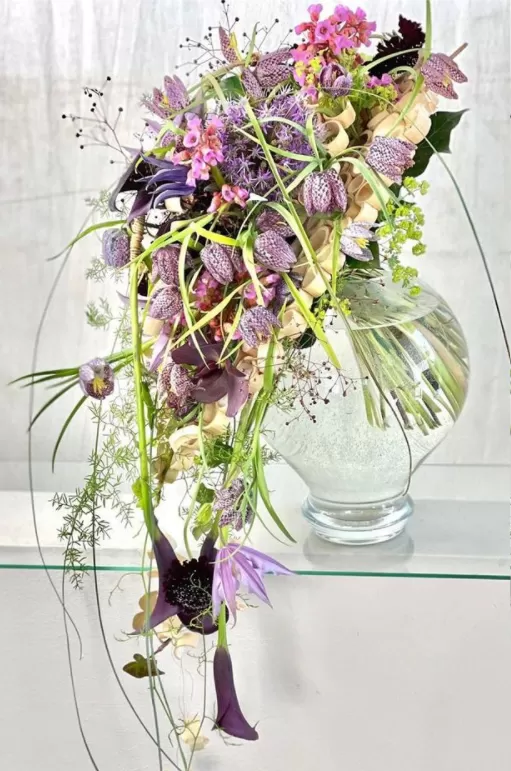
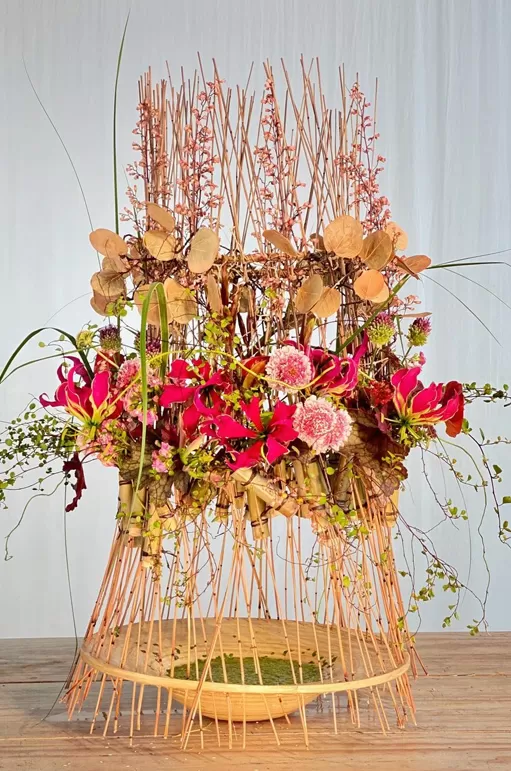
Teaching new generations
"I see that the interests are changing, in the sense that the profession is more divided between what I call 'floral distributors' and floral design. The latter can be professional or even just a hobby. The young generation worldwide is very broad in their interests. In America, Asia, Russia, for example, there is more enthusiasm. I attribute that to the 'later awakening' to flower design. ‘Later' is not a negative thing, it's just that the paces and rhythms are different there."
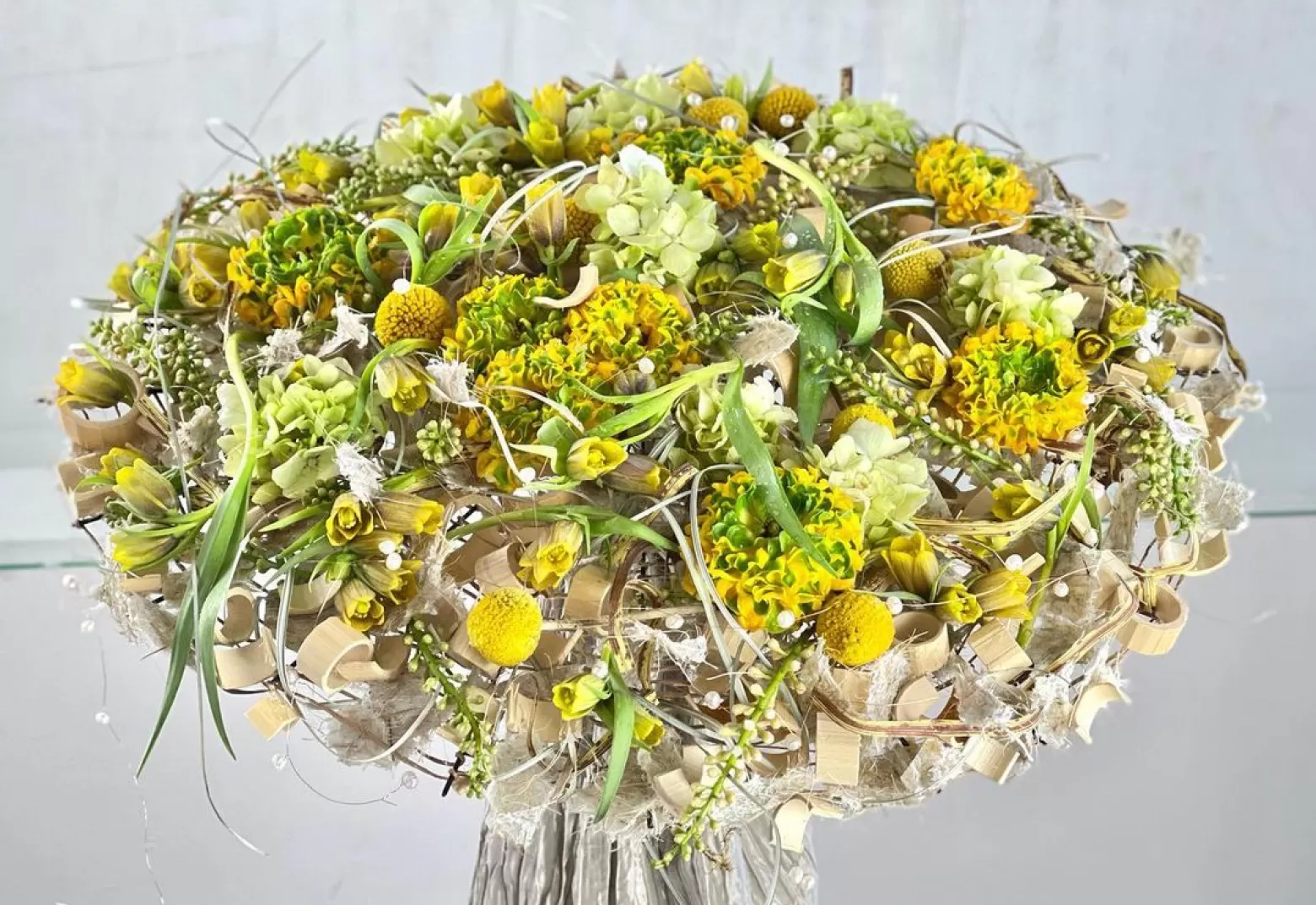
Sustainable & Organic
Lersch: “My learning goal is 'Sustainable & Organic' and therefore I also want my students to think about different species, for example the garden-like looking flowers. Often these are the 'summer flowers'. So called by the European insight into gardening style and focusing on flowers that bloom between April and October. This is the most interesting product group, which is by no means only seen and used in summer. Through cultivation and selection, we also see them in other parts of the year.”
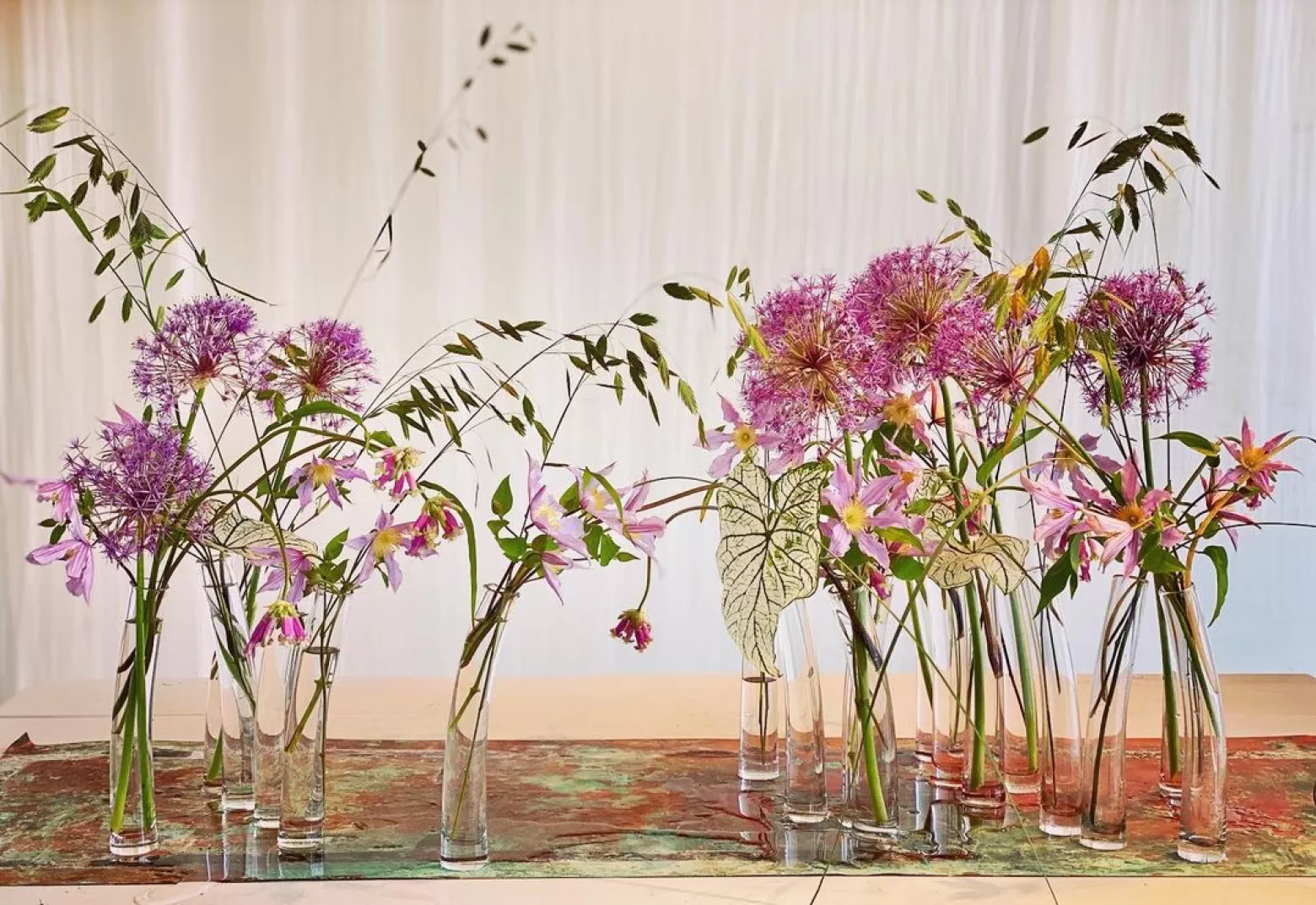
Unique flowers
Flowers can often be found on every street corner. But for special flowers, you have to try a little harder. This applies not only to the designer, but also to the makers of those special flowers. And we should know ;-) Lersch underlines the importance of variation: "Especially in the design world, special varieties are desired, varieties that cannot be found in every 'flower corner', every market. Now, for every company, having its own product line is a dream, but for flowers this is even more true. A flower is a unique individual. It is nature. Only with a noble and suitable basis can you develop a special line of flowers. But I also know that such a market segment must be very strong in order to create expectations and its own identity. I think it depends very much on whether the event decorators can stay afloat after the crisis and use many of these special flowers again. I personally believe that the products for the 'daily kitchen' and the 'special kitchen' are the same. The question is: is there a 'Rungis' (best product supplier for haute cuisine) for this kind of flowers? Marginpar flowers need such a special place. These flowers are very suitable for special styles and are very close to an exclusive position on the market."
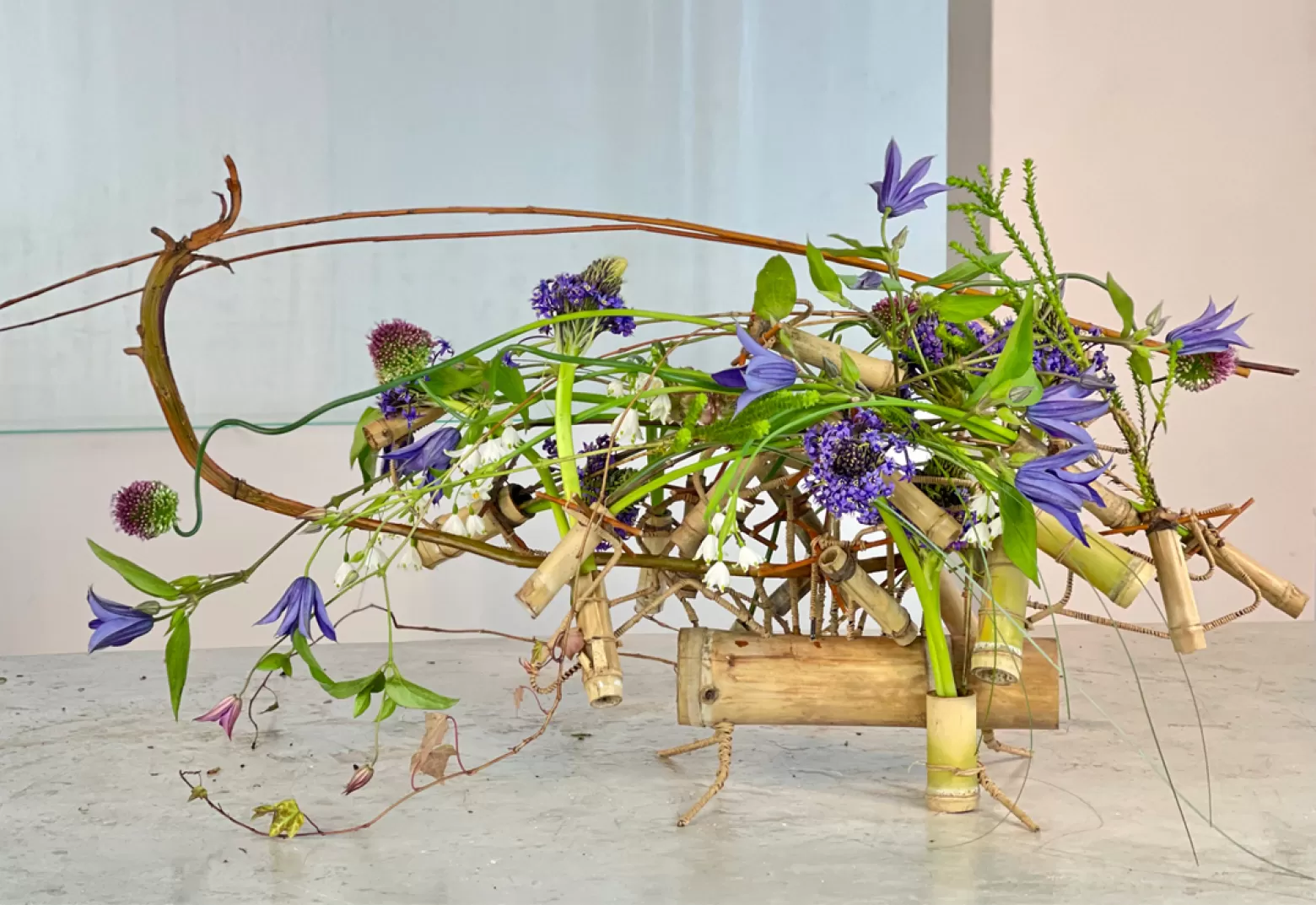
Importance of Innovation
Lersch: "Innovation is more than important. The speed at which the ideas of 'flower creators' get into the heads of consumers is incredibly high. But the various inventions of new forms, techniques, textures and the combination with decorative elements are not enough to keep the interest going. There is a great need for innovation in shapes, varieties, colours, sizes and botanical novelties. Kenya's Kikuju Highlands are ideal for the cultivation and propagation of new flowers and plant parts in general. With the intense light of the equatorial climate and cool nights. I therefore become alarmed when these classic cut flowers are dyed to boost interest; 'turquoise', 'sky blue', 'weeping pink', etc. Ugh. Just give me natural."

